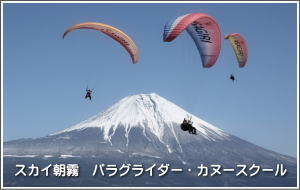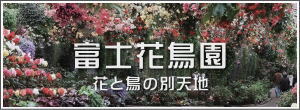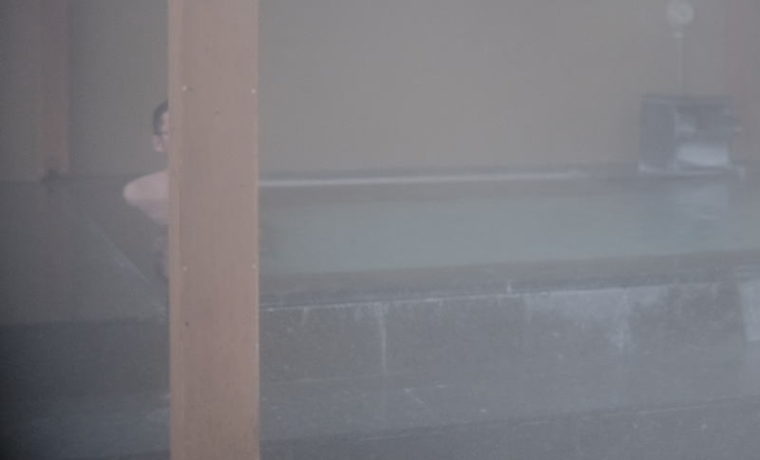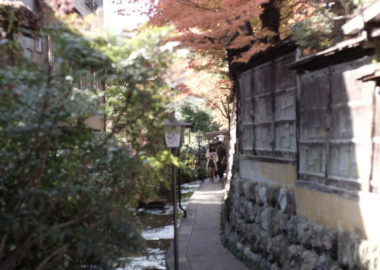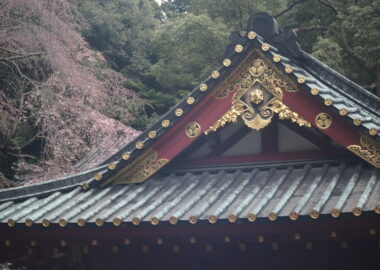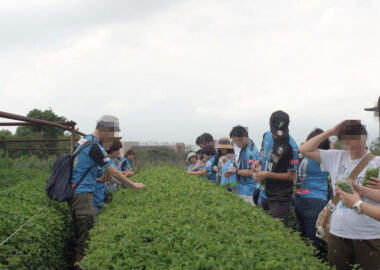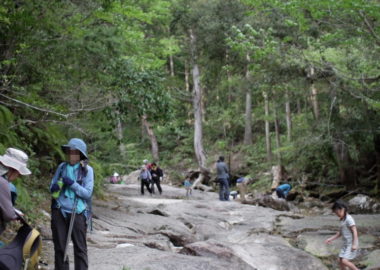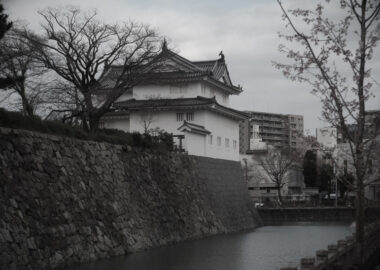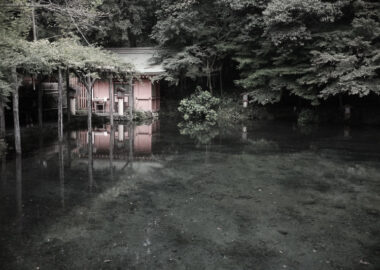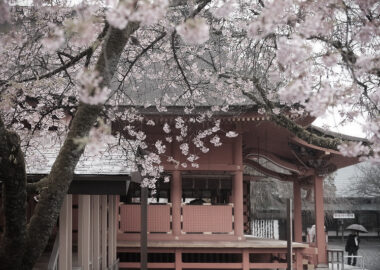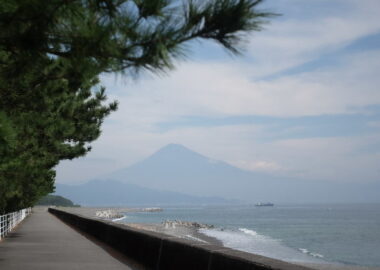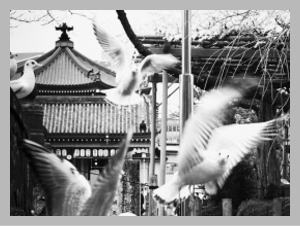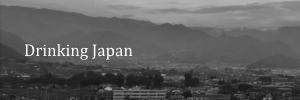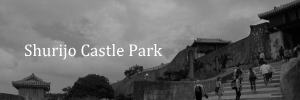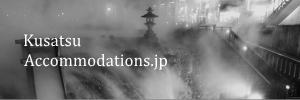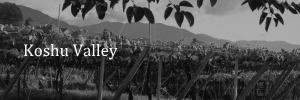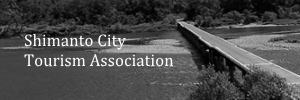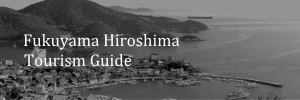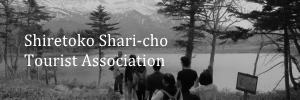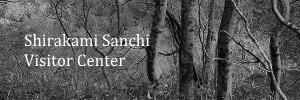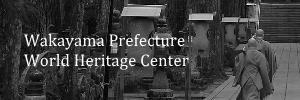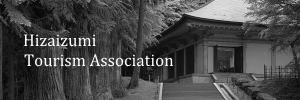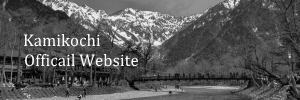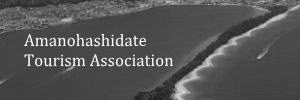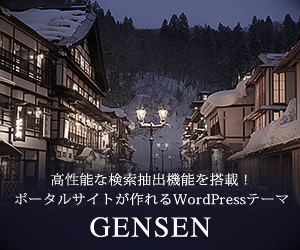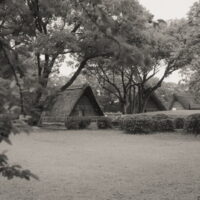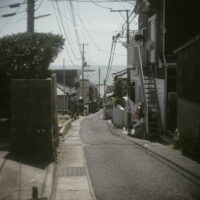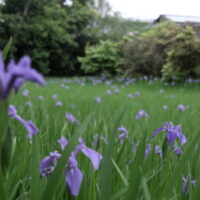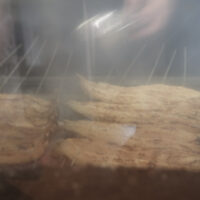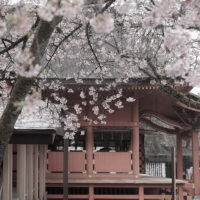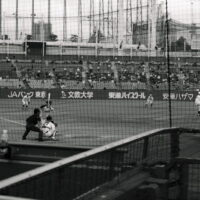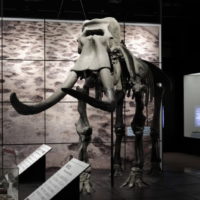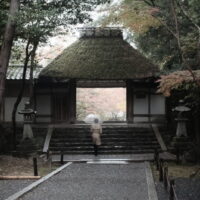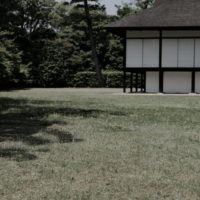In this post, I would like to introduce a Japanese-style bathhouse near Mount Fuji. But before that, let me speak a little about Japanese sento culture. Japanese people love taking a bath, and probably it has something to do with the country’s climate. The summer in Japan is very humid. And we sometimes feel an urge to take a bath in order to escape from the unforgiving weather and soak in a water. In winter, we also feel like dipping in the bath to warm our body when it’s cold. We take a bath not only for hygienic reasons but also for relaxation. We believe that soaking in a deep bathtub and relaxing is a very effective way to remove our day’s fatigue.
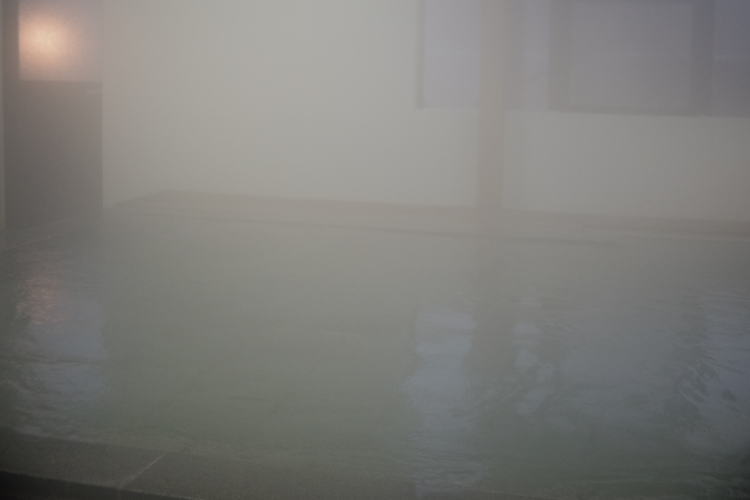
Hadaka no tsukiai
Japan has had a tradition of sento (or a public bathhouse), which originated in the Edo Period (1603-1867). In those days, most people didn’t have a private bath in their homes, so they would often go to a local sento to bathe. Sento was also a place where they were able to meet neighbors and exchange information. And, out of these circumstances, the term hadaka no tsukiai (裸の付き合い) emerged, which literally means ‘naked relationship’ And people often use the term even today. The true idea of this term is that, once two (or more) people go to a bathhouse together, become completely naked, and share the water in the same bathtub, all the barriers which had existed between them break down (because physically they have nothing to hide anymore) and they can communicate with each other more frankly than before.
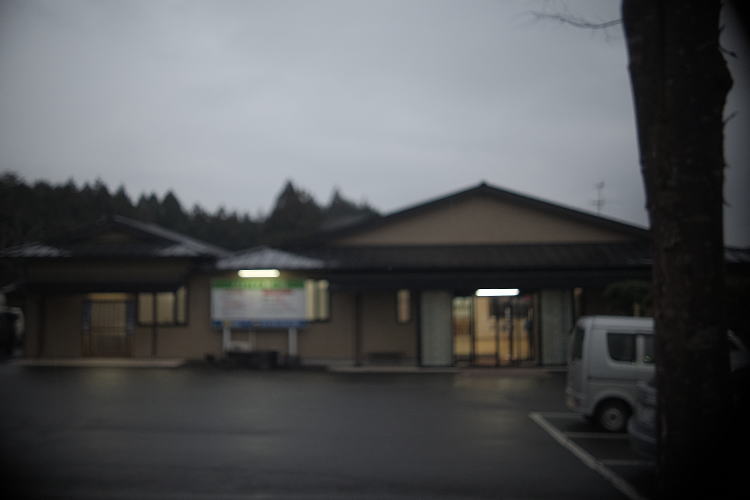
Emergence of Super Sento
However, the number of sento in Japan is rapidly decreasing nowadays. Probably it is because Japanese people, by and large, have already become affluent enough to have their own bathrooms in their homes. On the contrary, the number of ‘Super Sento’ has been increasing since its first emergence in the 1980s. Super Sento is, to put it simply, a large-scale sento, but it often has many things that a normal sento usually doesn’t have: an outdoor bath (we call it sotoyu or roten-buro), a large parking lot, a restaurant, a sauna and a massage service, among others. Admission fee is slightly higher than a normal sento, usually being between 500 yen and 1,000 yen. Nowadays Super Sento are very popular and they are located along the length and breadth of the Japanese archipelago.
Kaze-no-Yu Spa Resort
Kaze-no-Yu Spa Resort (‘Kaze’ is pronounced ‘car-zei’ and it means “the wind” in Japanese) is located in Kami-ide in Fujinomiya City, Shizuoka Prefecture (in the Chubu Region). At the western foot of Mt. Fuji, this is a place where you can casually experience Japanese sento culture. This establishment is categorized as a Super Sento. If the weather is fine, you can see the majestic view of Mt. Fuji from its parking lot.
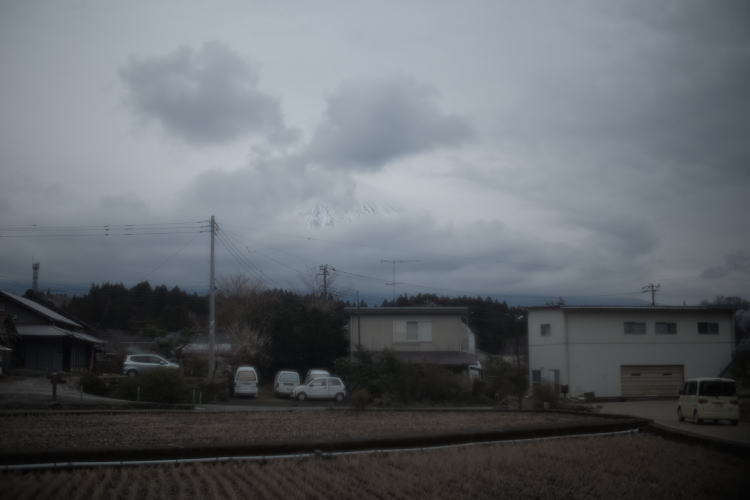
I visited Kaze-no-Yu Spa in mid-March 2019, my first visit in two years. That day I was very tired after driving through the Asagiri Highlands and visiting many places, but I could entirely rejuvenate myself there, soaking in the outdoor bath and enjoying the scenery. The staff were all very kind and cooperative, and the manager was gracious enough to have given me a permission to take photos inside the facility (with a staff member accompanying me) and put them on this website.
How to Use a Japanese Sento
Here I would like to explain about what we should do at a typical Japanese Super Sento. I am generalizing here, using the example of Kaze-no-Yu Spa, but these are the things that are common to almost all the Super Sento throughout Japan, though some details are different from facility to facility.
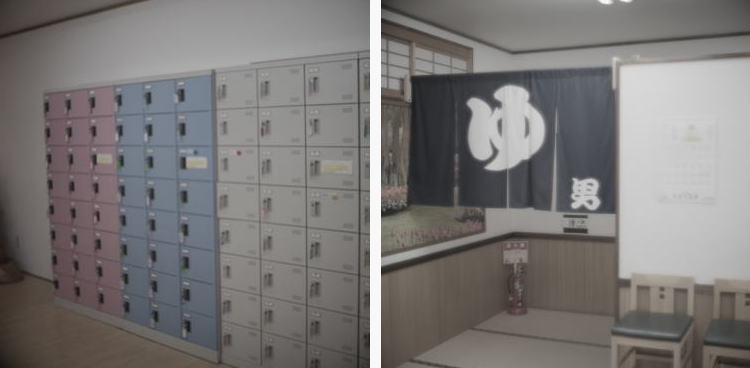
First, we take off our shoes at the entrance of the facility and put them into a shoe locker. Then we hand over the locker key at the counter and pay the fee. Next, we need to be careful because the entrance to the bathes are separate for men and women. Nowadays konyoku (or mixed bathing) is not so common in Japan. Generally we can see which section we should go to by checking a kanji, or sometimes a hiragana, character written on the noren curtain at each entrance.
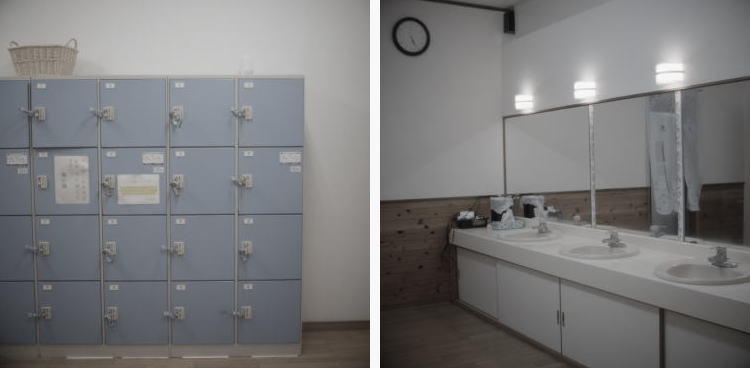
After entering into the appropriate changing room, we need to undress completely. We put our clothes into the clothes locker and close the door—at this point we are holding only a wash towel. I recommend you bring your own wash towel and bath towel yourself (if possible) because renting these requires an extra fee. Then we insert a 100 yen coin into the small slit on the locker and take the locker key. We put the key around our wrist during bathing so that we won’t lose it.
In a Japanese-style bathhouse, before we go into the tub, we are supposed to go to the ‘wash station’ where a shower, a stool, and toiletries are provided, and wash and rinse our body thoroughly. Then we can soak in the bathtub. We are not supposed to clean ourselves in the tub because we are sharing the same water with other people there. Chatting with local people in the bathtub might be an interesting experience.
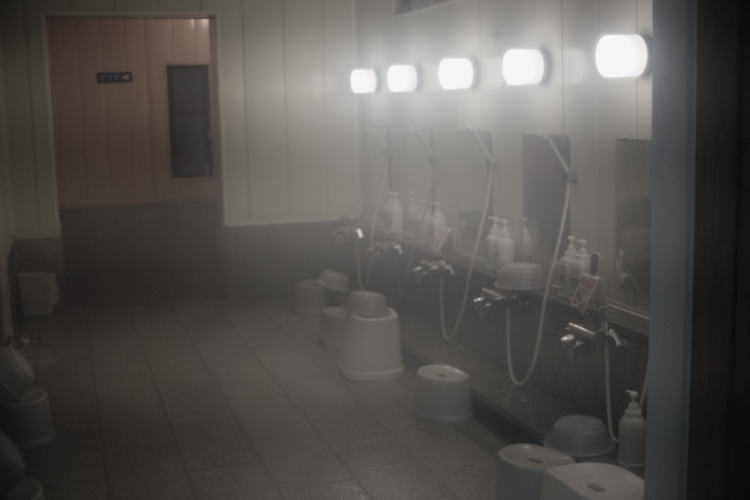
Benefits of the Hot Spring
While some of the Super Sentos are using heated tap water for their bathes, Kaze-no-Yu uses natural spring water. I asked the manager what kind of health benefits we can expect to get from soaking in the water there.
“Well, the soil around Mount Fuji largely consists of basalt rocks (because of a number of past eruptions), so the water around here contains a mineral compound called vanadium pentoxide, which have an effect similar to insulin and lower the blood sugar level.”
“Is it also effective for frozen shoulders?”
“I think so. It is also good for high blood pressure, gout, and constipation.”
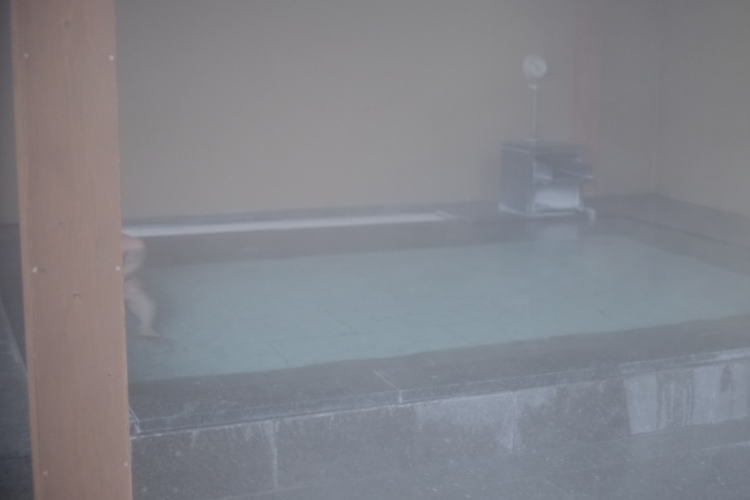
I asked her, “Do people from other countries sometimes come here to bathe?”
“Chinese people often come here. A while ago, people from Brazil came here and they wanted to take a bath in swimsuits,” she replied.
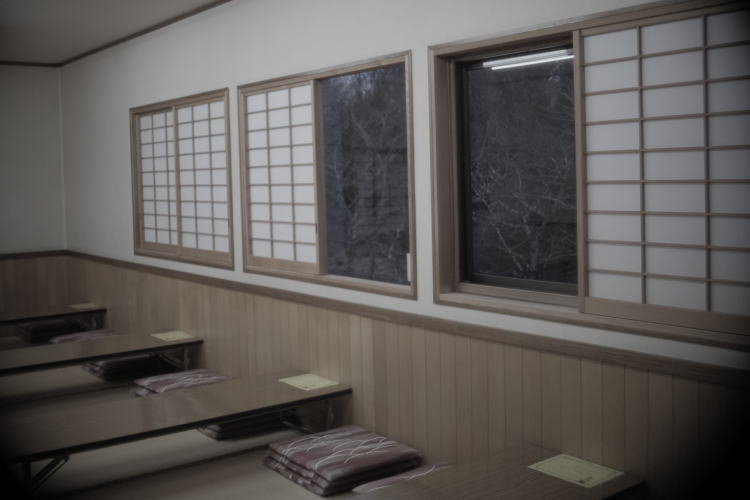
Well, I know it could require courage for international travelers to take a Japanese-style bath with other Japanese bathers, mainly due to the cultural difference. But I hope you will remember the words “When in Rome, do as the Romans do” and take the plunge. I also recommend that if you visit a sento for the first time, try to go with Japanese, or hire a Japanese tour guide, so that you know just what to do.
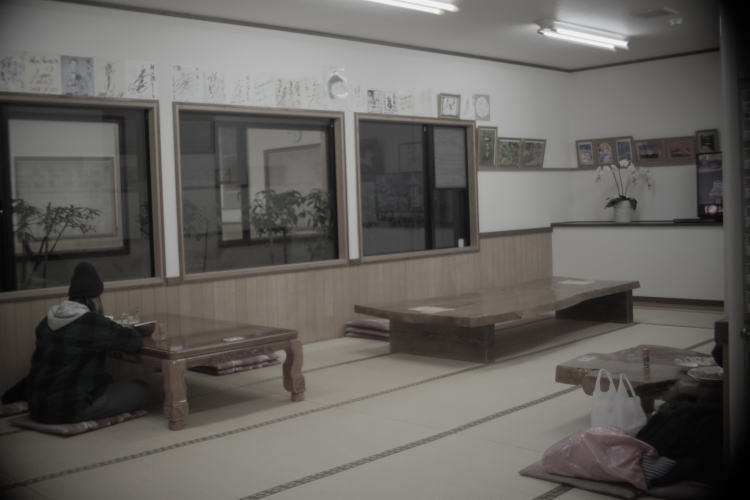
Outdoor Bath
What I especially like about Kaze-no-Yu Spa is its sotoyu (outdoor bath) because it commands a nice, natural view. We can enjoy the scenery of the nearby forest and the cherry trees in the garden and blossom in mid-April. From the men’s sotoyu, we can also see the right-side of Mt. Fuji while soaking in the outside bathtub (but to see the entire view of the mountain, we need to get out of the tub and stand beside it, all naked in the coldness). This facility is located at a point of more than 500 meters above sea level and this elevation was originally made out of lava spewed by Mount Fuji in ancient times. So, in a way, it can be said that this spa stands on a part of Mount Fuji.
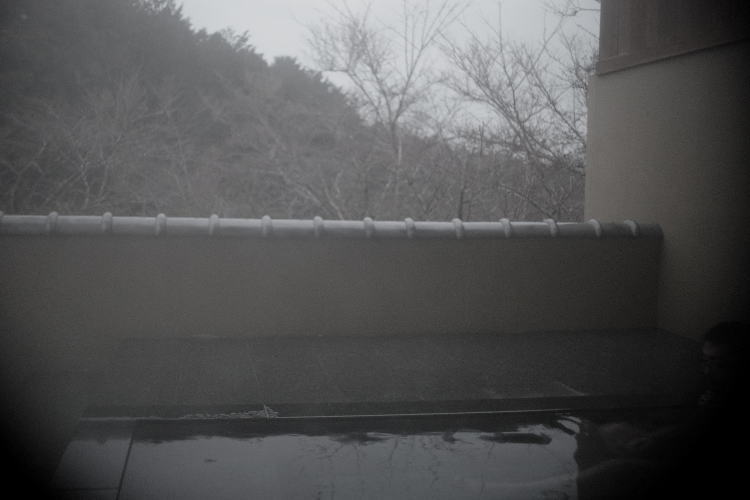
Other Features
Another point I would like to highlight here is that we can experience ganban-yoku (literally, bedrock bathing) for free. In ganban-yoku, we are usually clad in a robe and lie on a large bedrock (Kaze-no-Yu uses a marble stone) for a considerable amount of time. The far-infrared rays emitted from the rock gradually permeate through our body, and it is believed that it can warm us more thoroughly than the bath water and bring us a lot of health benefits.
Kaze-no-Yu also has a large relaxation room surrounded by cherry trees, and a large karaoke room which requires a 100 yen coin per song.
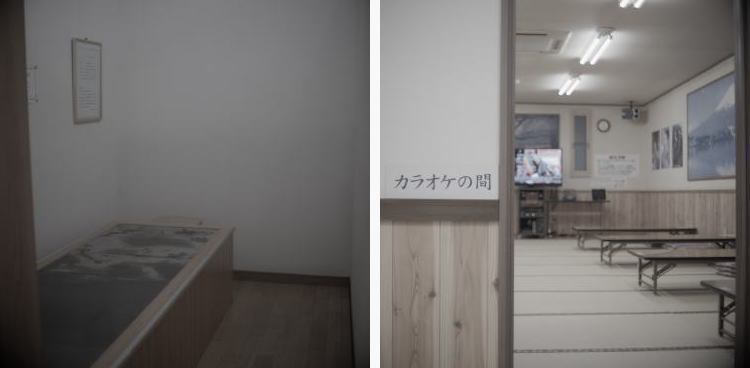
The bathing fee of Kaze-no-Yu is 900 yen in the daytime and 600 yen at night (please note this is the information as of 2019. If you visit there, please check once again).
Getting There (English Map)
Kaze-no-Yu is about 30 minutes by car from JR Fujinomiya Station and about 40 minutes by car from the Shin-Fuji Interchange on the Shin-Tomei Expressway.
Other Photos
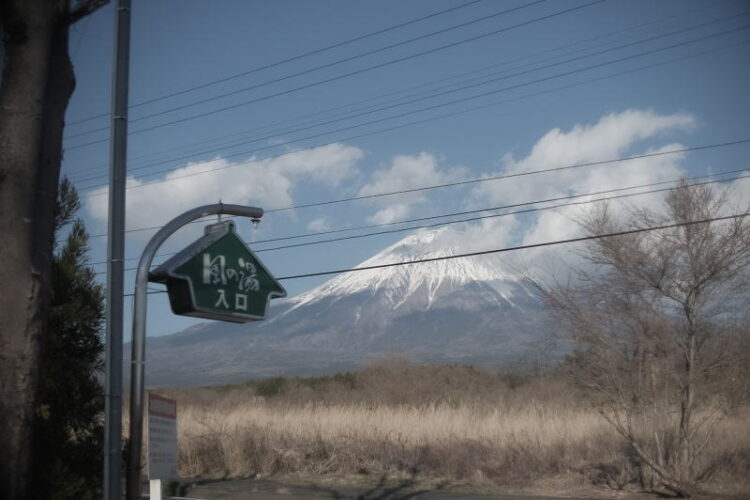
Places Nearby
Kaze-no-Yu Spa Resort is very close to Shiraito Falls, a UNESCO World Heritage site, and relatively close to Lake Tanuki, which is famous for its view of Mt. Fuji. It is also close to the Asagiri Highlands, that offer a lot of tourist attractions, including a paraglider flight experience (at SkyAsagiri School), animal-related activities, like riding a horse, milking a cow or feeding rabbits, a trout fishing facility, a big theme park with birds and flowers (Fuji Kachoen Garden Park), a local farmers market, and a sake brewery, among other things.
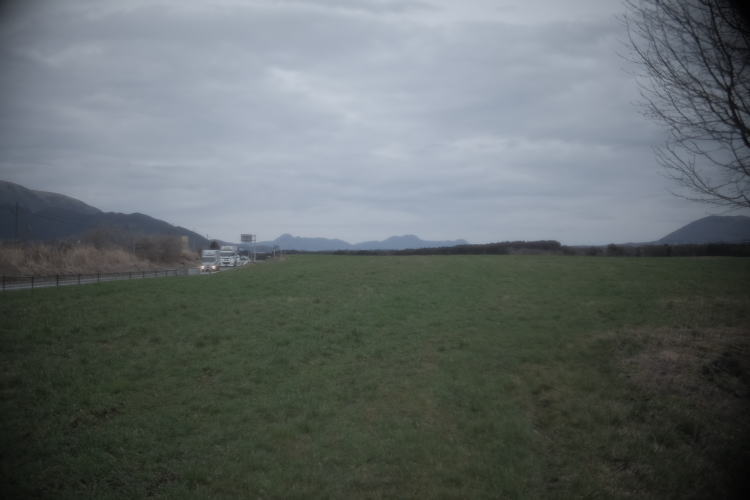
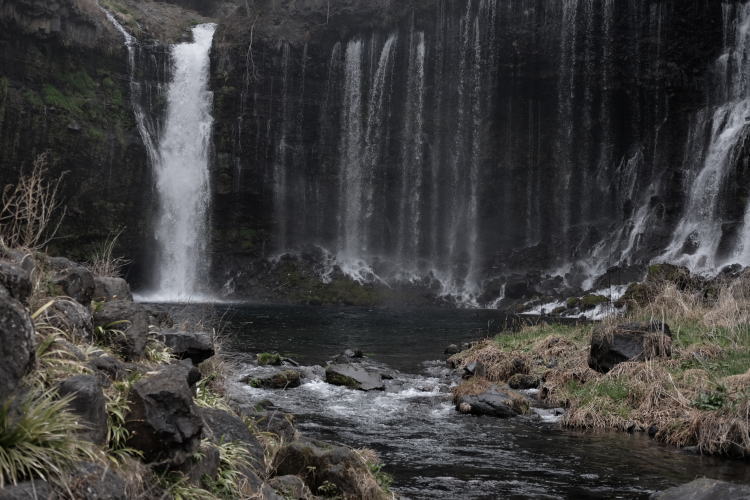
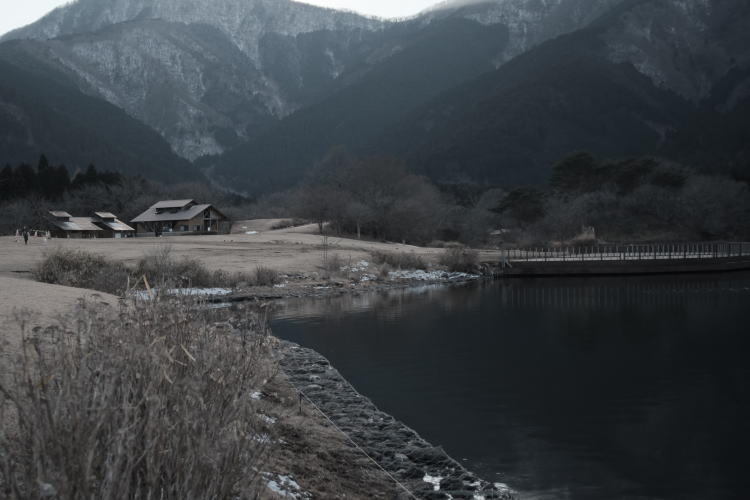

Conclusion
If you get tired of enjoying yourself all day around here, I hope you will drop by Kaze-no-Yu Spa, relieve your fatigue, and become a real Japanese!
For a guided tour in this area, please send an e-mail from the Rate/Contact page of this site.
Photographs on this page were, unless otherwise noted,
taken at Kaze-no-Yu Spa Resort, by Koji Ikuma,
with Fujifilm X-T1 equipped with a P. Angenieux Paris 15mm f1.3 lens.
Outbound Links (New Window)
